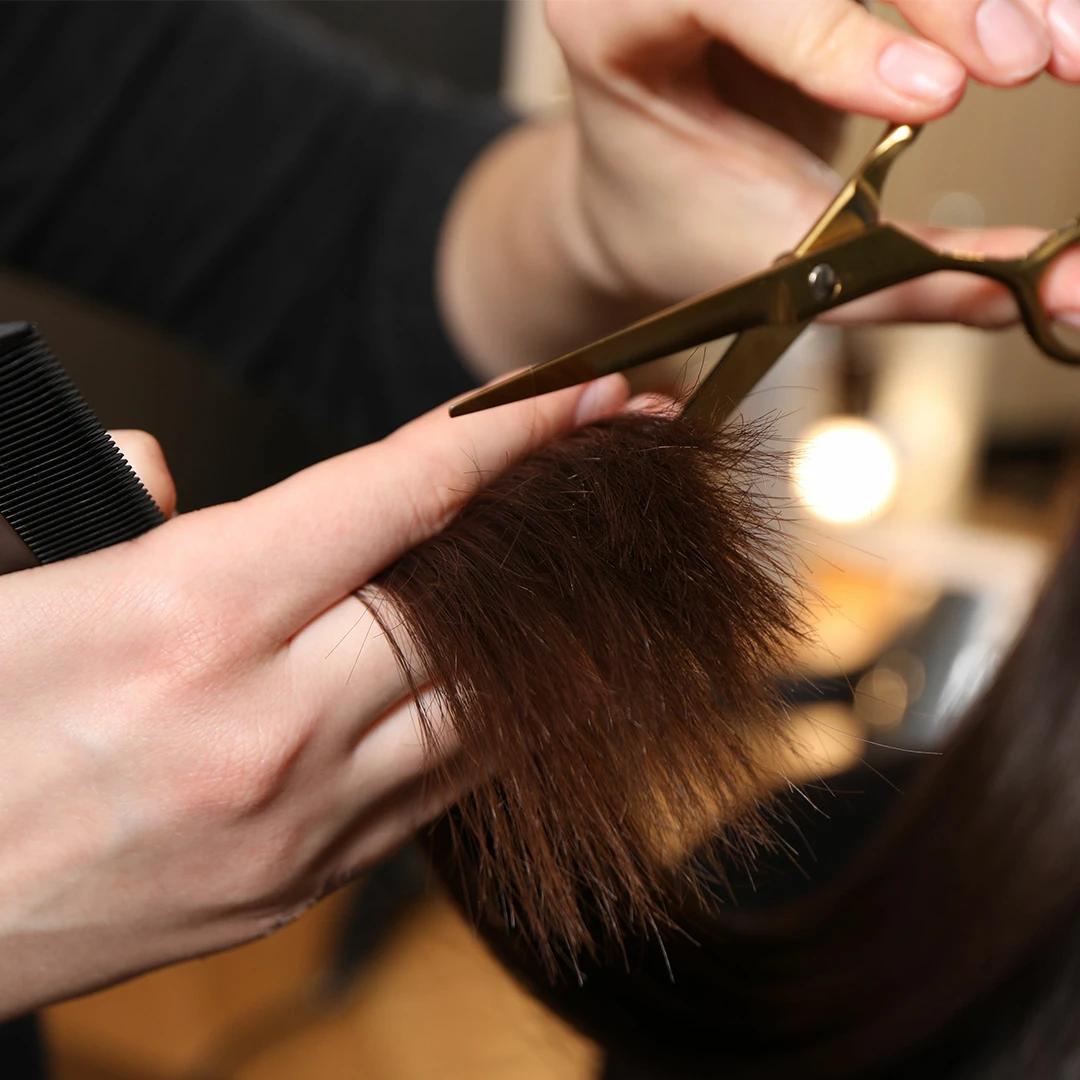The shag is having a major moment, but today's version is way more refined than its '70s ancestor. It features shorter layers around the crown that gradually blend into longer lengths, creating incredible volume and movement. The modern shag works particularly well with textured long hairstyles, giving you that effortlessly cool vibe.
Curtain Bangs with Long Layers
This combination is pure perfection for anyone wanting a fresh look without going too dramatic. The curtain bangs frame your face beautifully whilst the long layers add movement throughout. It's one of the most flattering long hair fringe options, and the styling possibilities are endless.
The Butterfly Cut: A New Classic
Inspired by the '90s but updated for today, the butterfly cut features shorter layers that create a wing-like effect around the face. These cascading layers blend seamlessly into longer lengths, creating beautiful dimension and movement. It's become incredibly popular for its ability to add volume whilst maintaining length.
Face-Framing Layers: Tailoring Your Cut to Your Features
Face-framing layers are like contouring for your hair—they highlight your best features whilst softening areas you'd rather not emphasise. These strategic cuts start around your cheekbones or jawline and blend into the rest of your hair, creating a natural frame around your face.
For round faces, longer face-framing layers that start below the chin help elongate your features. Square faces benefit from softer, wispy layers that curve around the jawline. Heart-shaped faces look gorgeous with layers that add width around the chin area. Oval faces? You're basically winning the genetic lottery and can try almost any face-framing technique.
The beauty of these layers is in their customisation. A skilled stylist can adjust the starting point, length, and angle to complement your unique features. They're also incredibly versatile for styling—you can tuck them behind your ears for a sleek look or let them flow freely for that effortless, lived-in vibe.
Adding Volume and Movement to Long Hair
One of the biggest challenges with long hair is achieving volume for long hair without it looking artificial or overdone. Layered cuts are your secret weapon here, creating natural lift and bounce that doesn't require hours of styling. The key is in how the layers are positioned and cut.
Shorter layers around the crown area create lift at the roots, whilst longer layers maintain your overall length. This technique is particularly effective for fine hair that tends to lie flat. The different lengths also create visual interest as they move differently, giving your hair that dynamic, flowing appearance.
For styling, try scrunching whilst your hair dries naturally, or use a diffuser to encourage your hair's natural texture. Root-lifting sprays can give extra oomph, whilst texturising sprays help define the different layer lengths. The goal is to work with your cut, not against it.
Low-Maintenance Long Haircuts: Balancing Style and Practicality
Not everyone has time for elaborate styling routines, and that's completely fine. Low-maintenance long haircuts focus on creating cuts that look gorgeous with minimal effort. The trick is choosing layer placement that works with your natural hair texture and growth patterns.
Long, subtle layers are perfect for busy lifestyles. They add movement and interest without requiring precise styling. These cuts grow out beautifully, so you won't need frequent trims. Air-drying becomes your best friend with these styles—just scrunch with a leave-in conditioner and you're sorted.
Invest in good quality, lightweight products that won't weigh your hair down. A texturising spray, leave-in conditioner, and maybe a light oil for the ends are usually all you need. The beauty of well-cut layers is that they do most of the work for you.
Long Hair Shaping Techniques: Beyond Basic Layers
Whilst traditional layering is fantastic, there are other long hair shaping techniques that can create stunning results. These methods focus on the overall silhouette and how your hair falls, rather than just creating different lengths.
The V-Cut Technique


 1 Unit
1 Unit 1 unit
1 unit 1 Unit
1 Unit 1 Unit
1 Unit